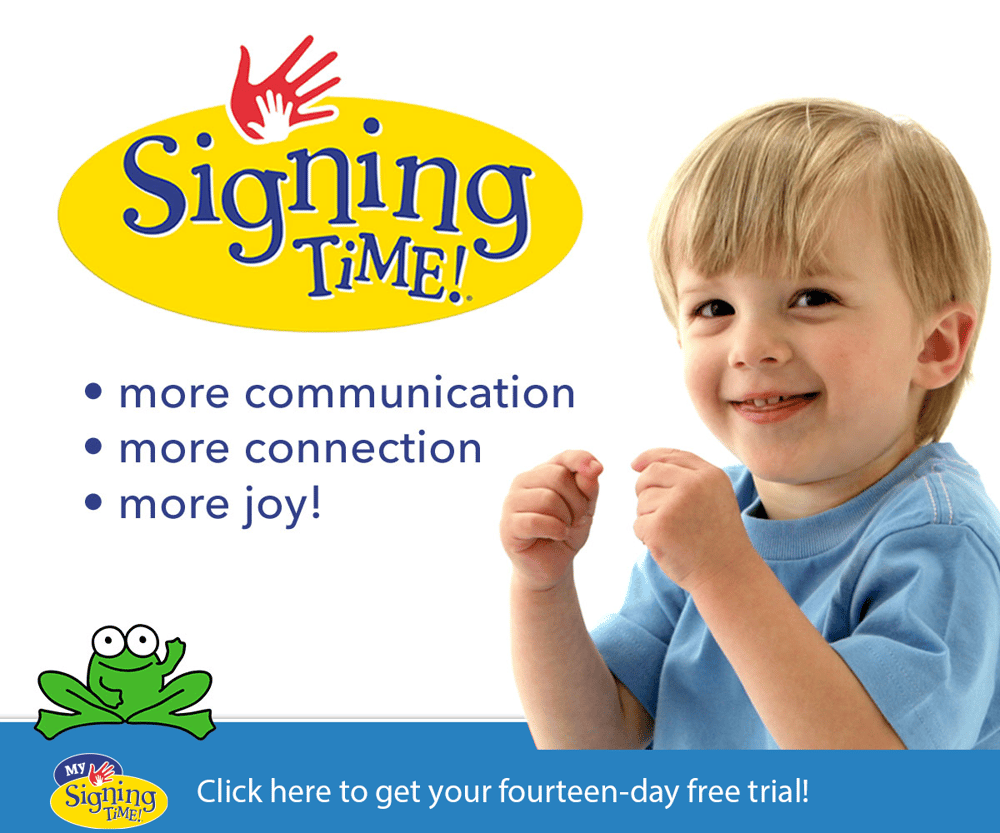
Teaching sign language to infants is a rewarding experience that can enhance communication and bonding between parents and their babies. It offers numerous benefits, including reducing frustration for both the child and the parent, as well as promoting cognitive development. Additionally, it can empower infants to express their needs and emotions before they can speak, fostering a sense of confidence and independence. Early sign language use has also been linked to accelerated speech development and a richer vocabulary as children grow older. In this article, we will discuss how to teach infants sign language effectively.
This site contains product affiliate links. We may receive a commission if you make a purchase after clicking on one of these links.
Understanding the Basics of Infant Sign Language
Infant sign language involves using gestures or signs to communicate with pre-verbal infants. It is based on American Sign Language (ASL) or modified versions of it. The key is to start early, as infants can start learning signs as early as six months old. Research indicates that babies have the motor skills to use signs well before they develop the vocal skills for speech. By tapping into this ability, parents can bridge the communication gap and foster early language skills.
How to Start Teaching Sign Language to Infants
When starting to teach sign language to infants, it’s important to choose signs that are relevant to their daily lives. Common signs include “milk,” “eat,” “more,” and “all done.” Incorporate these signs into daily routines, such as mealtime and playtime, to help reinforce learning. Use the sign for “milk” every time you offer the bottle or breastfeed, and use “more” when offering additional servings of food or playing a repetitive game. Consistency is crucial; the more frequently a sign is used in context, the quicker the infant will understand and use it.
Techniques for Teaching Sign Language to Infants
Repetition and consistency are key when teaching sign language to infants. Use the signs consistently in context, and repeat them often. Use visual aids, such as pictures or videos, to help reinforce the signs. Make learning fun and interactive by incorporating songs, games, and gestures into the teaching process. For example, sing songs with accompanying signs or use finger plays that include signs. Engage with your child during playtime by signing words associated with their toys and activities.

Download FREE Printable ASL Alphabet Bingo Game
Common Challenges and How to Overcome Them
One common challenge when teaching sign language to infants is their response and understanding. Some infants may take longer to respond or may not show immediate understanding. It’s important for parents to be patient and consistent in using signs. If a child seems uninterested, try incorporating signs into more engaging and enjoyable activities. Additionally, involve other caregivers in the process to ensure the child receives consistent exposure to the signs.
Advantages of Teaching Sign Language to Infants
Teaching sign language to infants has numerous advantages. It enhances communication and bonding between parent and child, as it allows infants to express their needs and desires before they can speak. This early communication can reduce frustration and tantrums, making daily interactions smoother and more enjoyable. It also has cognitive benefits, as it stimulates brain development and enhances problem-solving skills. Studies have shown that children who learn sign language may have advanced language skills and a larger vocabulary compared to their non-signing peers.
Fun & Interactive App To Teach Sign Language To Young Children
Try My Signing Time For 14 Days Free
Teaching sign language to infants is a valuable skill that can benefit both parent and child. By starting early, choosing relevant signs, and using consistent techniques, parents can successfully teach sign language to their infants and enjoy the many benefits it offers. The process not only fosters early communication but also strengthens the parent-child bond, setting the stage for a lifetime of effective interaction and learning.
Explore More Articles on the Benefits of Teaching Sign Language to Children
Sign Language Made Easy: The Best Apps for Kids to Learn
Tips For Teaching the American Sign Language (ASL) Alphabet
15 American Sign Language Books for Young Learners
Creative Ways to Teach Sign Language to Young Children
Explore More
- How to Teach Infants Sign Language to Communicate With Your Baby
- Creative Ways to Teach Sign Language to Young Children
- From Blocks to Bots: How Coding for Kids is Transforming the Classroom
- First Coding and Robotics Toys for Kids
- Tips for Integrating Coding into Daily Play
- Best Online Coding Programs for Kids: Fun & Interactive Learning
Share it with friends!







